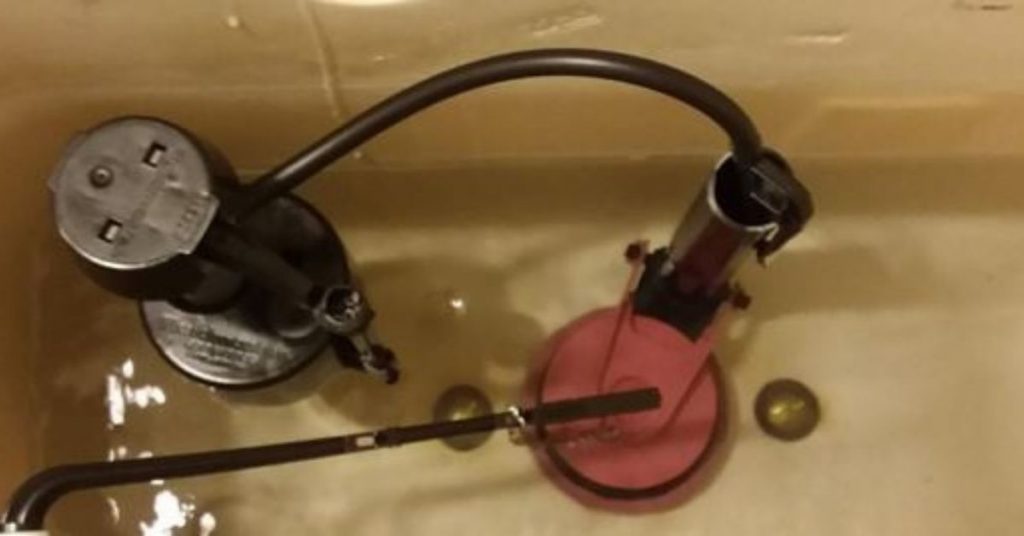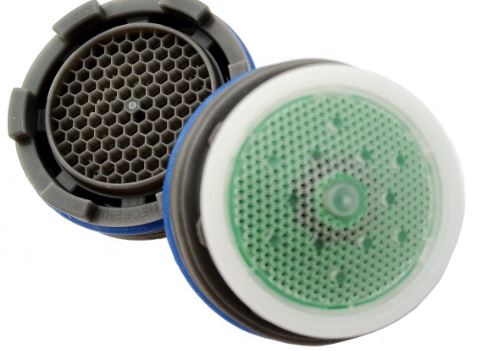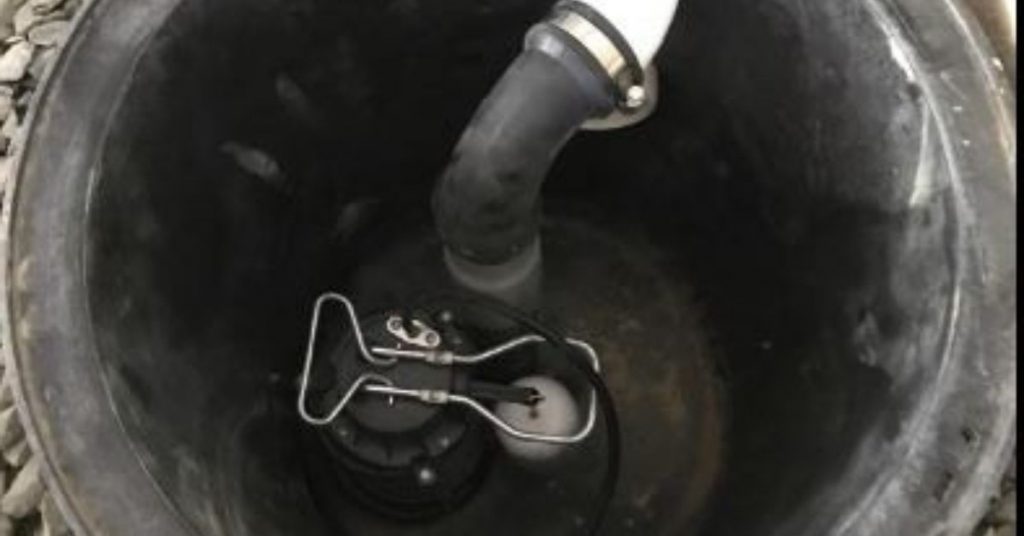Ever wondered what your plumber might be keeping under wraps? Well, wonder no more! As your dedicated plumbing confidant, I’m here to spill the beans on the insider tips that can save you from plumbing predicaments, both big and small. With years of wrench-turning wisdom, I’m about to share 35 secrets that every homeowner should have up their sleeve.

Plumbing, often the unsung hero of our homes, quietly goes about its business until a leaky faucet or a clogged drain demands our attention. But fear not – armed with these exclusive insights, you’ll navigate the labyrinth of pipes with newfound confidence.
The following are 35 of some of the secrets that a plumber will not tell you:
1. The Silent Leaker
As your go-to plumber, I’ve seen countless cases where silent leaks wreak havoc before homeowners even notice. The key is to be vigilant about water bills and check for any unexplained increases. Catching these sneaky leaks early can prevent extensive damage to your home.
2. DIY Disaster Awaits
Sure, I appreciate your enthusiasm for DIY projects, but some plumbing issues are best left to the professionals. Trying to tackle complex problems without the right expertise may lead to more significant headaches and expenses down the line.
3. The Dreaded Drop
Ever hear a mysterious dripping sound, but can’t locate the source? It could be a leak hiding within your walls. My advice? Don’t ignore it. Call a plumber, and they will use their trusty tools to detect and fix the issue before it becomes a waterfall.
4. Not All Plungers Are Equal

There’s a reason we have different plungers for sinks and toilets. Using the wrong one can make matters worse. For sinks, opt for a cup plunger, while a flange plunger is designed for the curves of your toilet drain.
5. Noisy Pipes, Happy Plumber

Those loud banging or knocking sounds coming from your pipes aren’t ghosts; they’re water hammers. Installing water hammer arrestors can save your pipes and prevent costly repairs down the line. Trust me, your pipes will thank you.
6. The Sneaky Toilet Leak
A running toilet might seem like a minor annoyance, but it’s wasting water and driving up your bills. Check for leaks by adding a few drops of food coloring to the tank. If the color appears in the bowl without flushing, you’ve got a leak that needs fixing.
7. Beware the Drop-in Fresheners
While those drop-in toilet bowl fresheners may keep things smelling rosy, they can wreak havoc on your toilet’s inner workings. The chemicals can deteriorate the flapper and other components, leading to costly repairs. Opt for alternative air freshening solutions to keep your bathroom pleasant.
8. Taming the Grease Beast
Pouring grease down the drain might seem harmless, but over time, it can create a stubborn clog that will have me making a house call. Dispose of grease properly by letting it cool and then tossing it in the trash.
9. The Water Heater Hush-Hush
Your water heater needs some TLC too! Flushing it annually removes sediment buildup, ensuring it operates efficiently. Neglecting this can lead to decreased performance and even premature failure, leaving you with an icy surprise.
10. The Mighty Plunger Technique
When using a plunger, remember the “push and pull” technique. Place the plunger over the drain, push down firmly, and then pull up quickly. This action creates suction, helping to dislodge the clog effectively.
11. The Hidden Shut-off Valve

Do you know where your main water shut-off valve is? Familiarize yourself with its location, as it’s crucial during emergencies. A quick turn can save your home from potential water damage.
12. DIY Drain Cleaner Recipe
Skip the harsh chemicals and create a DIY drain cleaner with a cup of baking soda followed by a cup of vinegar. Let it sit for 15 minutes, then flush with hot water. It’s an eco-friendly solution that won’t corrode your pipes.
13. Mystery Smells Solved
If you catch a whiff of foul odors from your drains, it’s likely a buildup of organic matter. Combat the stench by pouring a mixture of baking soda and vinegar down the drain, followed by hot water. It’s a simple remedy that keeps your pipes smelling fresh.
14. Toilet Bowl Stains Unveiled
Stubborn toilet bowl stains? Drop a few denture tablets into the tank before bedtime, and let them work their magic overnight. In the morning, give it a light scrub, and those stains will vanish like magic.
15. Adjustable Water Pressure

High water pressure might seem luxurious, but it can lead to pipe damage and leaks. Install a pressure regulator to keep your plumbing system happy and healthy. Trust me; your pipes will appreciate the reduced stress.
16. The Humble Plumber’s Tape

Leaky pipes? Don’t underestimate the power of plumber’s tape. Wrap it tightly around pipe threads to create a watertight seal, preventing leaks and ensuring a smooth flow of water through your pipes.
17. Toilet Tank Adjustments
To optimize your toilet’s water usage, adjust the water level in the tank. Too much water is wasteful, while too little may lead to incomplete flushes. Achieve the right balance by tweaking the float or adjusting the fill valve.
18. Pipe Insulation Pays Off

Insulating your pipes isn’t just for cold climates. It prevents heat loss, ensuring your hot water stays hot while saving energy and money. It’s a small investment with significant long-term benefits.
19. Toilet Gurgles Decoded
Gurgling toilets might indicate a clogged vent pipe or a main sewer line issue. If plunging doesn’t solve the problem, it’s time to call in the professionals for a thorough inspection and timely resolution.
20. Teflon Tape Triumph
When connecting threaded pipes, don’t forget the Teflon tape. This handy tool creates a secure, leak-proof seal, preventing water from escaping and causing damage. It’s a small step that makes a big difference.
21. Garbage Disposal Best Practices

Treat your garbage disposal with care. Avoid tossing fibrous or starchy foods, as they can clog the blades. Instead, opt for citrus peels or ice cubes to clean and freshen it naturally.
22. The Toilet Tank Check-Up

Occasionally, lift the lid of your toilet tank and inspect the components. If you notice any wear or damage, it’s best to replace them promptly. Neglecting this simple check-up can lead to costly repairs in the future.
23. Battle of the Bulging Pipes
A bulging water heater is a ticking time bomb. If you notice any deformities or leaks, it’s crucial to replace them immediately. Trust me; it’s a proactive step that can prevent catastrophic water damage.
24. The Hose Bibb Hack
Protect your outdoor faucets from freezing temperatures by disconnecting and draining garden hoses in winter. This prevents water from freezing in the hose bibb and causing damage to both the faucet and the pipe.
25. Toilet Wax Ring Wisdom
Don’t overlook the importance of a proper toilet wax ring. It creates a watertight seal between the toilet and the drain, preventing leaks. During installation, ensure it’s placed securely for a reliable and leak-free connection.
26. The Dish Soap Delight
Drop a few squirts of dish soap into your toilet bowl before scrubbing. The soap acts as a lubricant, making it easier to remove stubborn stains. It’s a simple yet effective way to keep your toilet looking pristine.
27. The Water Heater Timer Trick
Install a timer on your water heater to optimize energy usage. Set it to turn off during hours when hot water demand is low, such as when everyone is at work or school. It’s a smart move that saves energy and money.
28. Plumbing Supply Stores for Recommendations
Trust plumbing supply or fixture stores for plumber recommendations; they associate with reputable professionals. General contractors also offer reliable suggestions.
29. Shower Head Surprise
If your shower head is spraying water unevenly, it might be clogged with mineral deposits. Unscrew it, soak it in vinegar overnight, and scrub away any remaining deposits. Your shower will thank you with a steady and even flow.
30. The Septic Tank Savior
Regular septic tank pumping is essential for preventing backups and maintaining a healthy system. Schedule routine maintenance every three to five years, depending on your household size. It’s a small investment that prevents major headaches.
31. Faucet Aerators to the Rescue

Install faucet aerators to reduce water consumption without sacrificing water pressure. These small devices mix air with water, providing a steady stream while conserving water. It’s a win-win for both your wallet and the environment.
32. The Sump Pump Checklist

Ensure your sump pump is ready for action during heavy rains by testing it regularly. Pour water into the pit and observe if the pump activates as it should. A well-maintained sump pump is your home’s first line of defense against flooding.
33. The Tub Stopper Trick
Is your tub stopper not holding water as it should? Adjust the linkage under the tub to ensure a snug fit. It’s a simple adjustment that prevents water wastage and enhances your bathing experience.
34. The Condensation Conundrum
Excessive condensation on your water pipes can lead to mold growth. Combat this by insulating the pipes to prevent temperature fluctuations. It’s a small preventive measure that goes a long way in maintaining a healthy home environment.
35. The Pipe Materials Puzzle

When replacing or installing pipes, choose materials wisely. Copper pipes are durable but may corrode over time, while PVC pipes are corrosion-resistant but may crack in extreme temperatures. Understanding the strengths and weaknesses of each material ensures a lasting and reliable plumbing system.
Phew, we’ve covered a lot of ground! As your friendly neighborhood plumber, I hope these insider secrets empower you to take better care of your home’s plumbing. Remember, a little knowledge goes a long way in preventing costly surprises. Until next time, happy plumbing!





